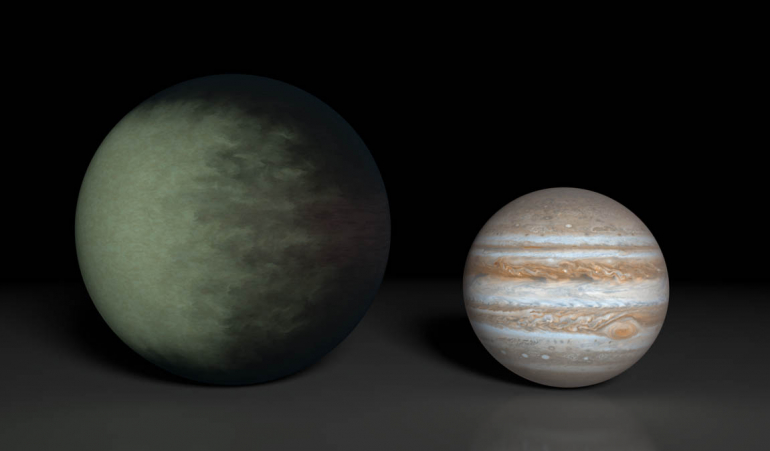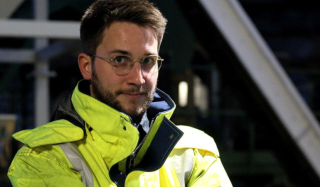
It’s a world first. A team of astronomers from ULg has discovered three exoplanets (planets outside the solar system, with characteristics similar to Earth), which can be studied to detect the possible presence of life.
Mission accomplished for the robotic telescope of the University of Liège, Trappist (TRAnsiting Planets and PlanetesImals Small Telescope), installed since 2010 at the European Southern Observatory (ESO) at La Silla in Chile, as part of the prototype programme Speculoos (Search for habitable Planets EClipsing ULtra-cOOl Stars), funded by the European Research Council and run by the ULg.
The small but robust Trappist has spotted what its big brothers can’t detect. Emmanuel Jehin, an astronomer jointly in charge of the project: "This is a very small telescope compared to the extremely expensive equipment in space, such as NASA’s space telescopes. This is the brainchild of my colleague Michaël Gillon and the team, who developed a telescope specifically in order to study these types of stars which had never been observed before".
For several years, this team has been searching for these little stars, redder and colder than the Sun, with planets moving around them, precisely with characteristics that wouldn’t be blurred by the excessively strong heat or light, achieving a real revolution. Michael Gillon, astronomer: "It’s important to enable us to make a proper study of planets like ours, relatively small in size, consisting mainly of rocks. We will be able to study these in real detail. We perhaps won’t actually detect life but, in any event, we will really be able to study these planets and compare them to ours. This truly is a new era that’s opening up in the field of exoplanets."
A big discovery then, because, with these new exoplanets being similar in size and temperature to Venus and Earth, we can, in theory, imagine liquid water being present on their surface. This means we can contemplate the never-ending question of the possibility of life elsewhere in the Universe.
Julien de Wit, a researcher from Liége and expert in the study of the atmospheres of exoplanets, explains: "Thanks to the future giant telescopes now under construction, such as the E-ELT currently being prepared in Chile, and the JWST, NASA’s next space telescope, which will be launched in two years’ time, we’ll be able to study the atmospheric composition of these planets and, in the first instance, look for the presence of water, then for traces of biological activity."
As these exoplanets are the first to have been detected around this type of star, all predictions are possible. “The masses of the planets are still unknown, which makes their internal compositions uncertain,” Michaël Gillon points out further. “We’re planning to measure them in the coming months, in order to determine whether these planets are comprised mainly of rocks, like Earth, or whether they have an abundance of water, like the satellites of the giant planets. […] Speculoos, which will observe ten times more targets and with greater accuracy, is expected to detect many other planets.”
(Sources: RTBF and La Libre)






